Ah, baking. The satisfying - and sometimes, disappointing exploration into the world of flavor, mouthfeel, texture, and mini masterpieces created in the oven. Nothing beats a delicious baked good and, in turn, nothing beats superior bakeware. And, what exactly are the best materials for bakeware? If you're anything like me, I've (gratefully) inherited some older baking dishes that are used more for decoration in my kitchen than in the oven. When putting together my wedding registry several years ago, I was more concerned with health and environmental well-being when making selections, which was a little overwhelming - even if worth it in the long run. Long story, short, I've ended up with an exciting variety of dishes, cookware, bakeware, serving dishes, and a couple items that I have yet to figure out to determine its use. Good times.
Baking with Stoneware
Stoneware is a favorite in our kitchen - from random pieces that have magically appeared in our collection - to the Corningware that reminds me of what Mom used (and continued to use) when I was younger. I'm a big fan of it, especially when experimenting with unique ingredients.
- Stoneware - a type of ceramic bakeware - can withstand the hottest temperatures.
- Promotes more even baking.
- Reduces the chance of off-flavors in baked goods. For example, the acidity in Greek yogurt can cause issues interacting with metallic materials. The ceramic stoneware maintains a neutral flavor. And, who doesn't want to play with ingredients when it comes to baking? Check out my favorite Cinnamon Pecan Banana Bread that incorporates...you guessed it...Greek yogurt.
- Durable and easy to care for, while also stick-resistant.
- Word of caution: Stoneware can crack, so don't expose it to opposing extreme temperatures too quickly.
Baking with Glass
Shout out to Pyrex - gettin' the job done since 1915. I'm sure we all have glass bakeware in our cabinets. Of course, more and more people are turning to glass materials as we avoid plastics with the potential to contain BPA. Glass is a classic option, but there are a few things to note before popping it in the oven:
- The clear material heats up more quickly than other non-metal pans, so pay attention to cooking times and be ready to make adjustments as you note the progress of the dish.
- Heat radiation from the oven will transfer directly to the food.
- A common suggestion is to reduce the cooking temperature of your oven by 25ºF and be prepared to shave ten minutes off the cooking time.
- Similar to stoneware, glass is preferable when used with acidic foods that can develop off flavors, including egg dishes, citrus-forward flavors, or other types of acids.
- Which also means that you will need to avoid extreme temperature swings to avoid cracking or breaking.
Metal Bakeware
Metal is a pretty powerful member of the bakeware family. Note that it can be relatively diverse, especially in terms of color.
- Darker, or dull, metal pans will actually heat more rapidly and transfer that heat to the food compared to its more shiny counterparts.
- Thinner metal pans have a tendency to heat unevenly.
- However, metal is popular because you don't run the risk of cracking or breaking at high temperatures, it can be used on the stovetop before baking, and heat quickly.
- For example, aluminum is considered one of the best metals for cake baking.
- If looking for a browning aesthetic, metal pans are best.
Cast Iron Baking
Naturally non-stick. A workhorse in the kitchen. Able to take on almost any challenge. Passed down from generation to generation...baking in a cast iron skillet is a must. Especially in a Southern household. 😉
- As I've said before - and probably will again - cast iron skillets are great non-stick surfaces, free of the questionable chemical treatments that have pulled mainstream non-stick cookware into the limelight of late. While more non-stick bakeware is becoming safer to use, cast iron products are the OG of this bakeware family.
- Easy to transfer from the stove to the oven.
- Promotes even heating, like its stoneware cousins.
- Make fun concoctions with less dishes, by cooking almost every part of the dessert in one pan.
- The rustic aesthetic allows the cast iron skillet to be a perfect show-stopper for the table. Don't forget to put it on a trivet, especially if you're serving lighter-than-air biscuits straight from the oven. Yum.
Pro tip:
If you have bits of stubborn food stuck to your cast iron pan, be careful using a baking soda / vinegar mixture to loosen the grit, unless you are using an enameled cast iron. The chemical reaction can harm the pan, despite how satisfying it might be to see the fizz. Resist the temptation! It is best to use a scrub of salt and water to loosen the bits, even if it requires a bit of soaking first.
What is your favorite material to use when baking your delicious goodies? Until next time, cheers to your #hearthhealthhappiness!




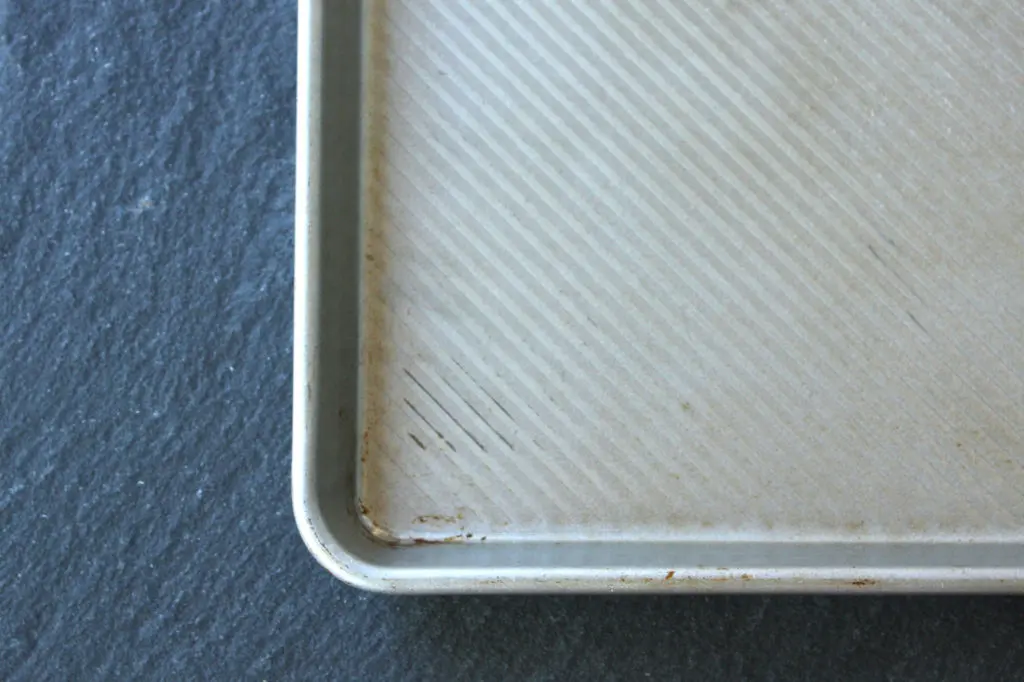
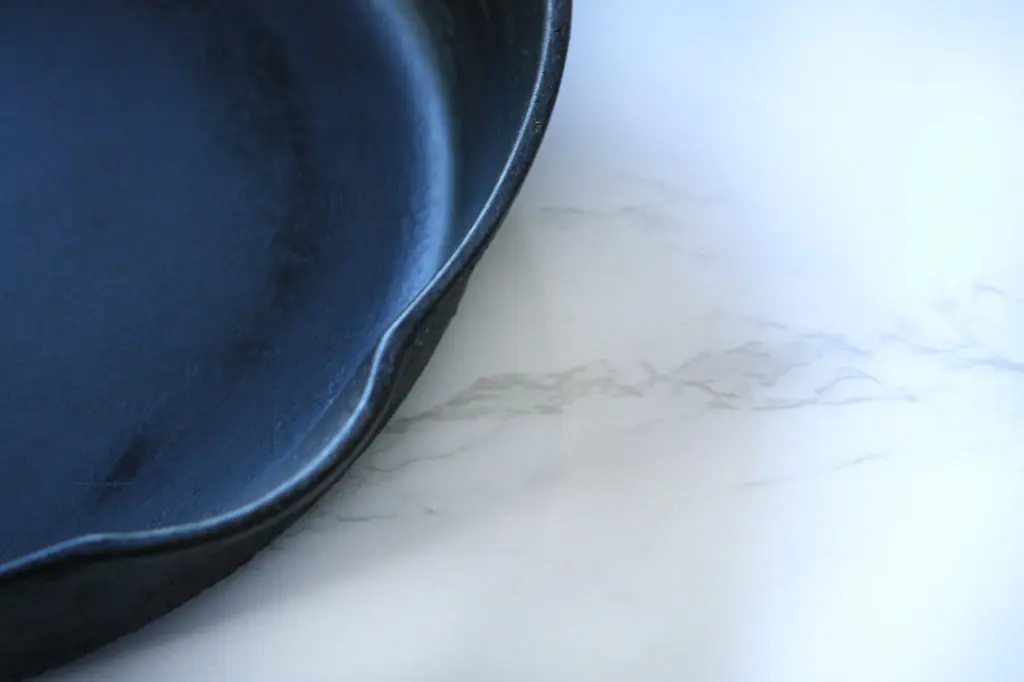
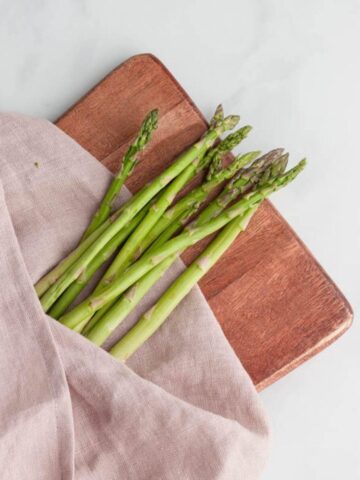
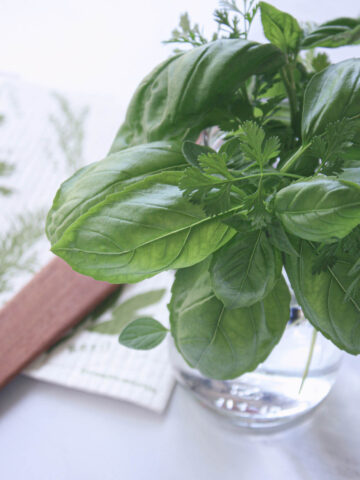

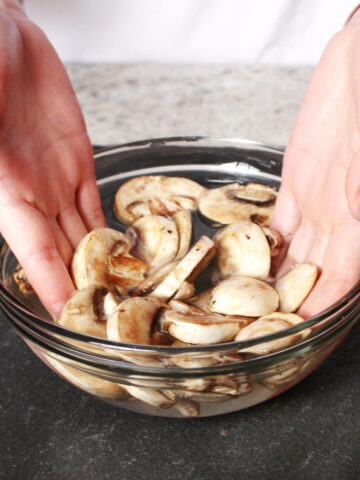
Leave a Reply